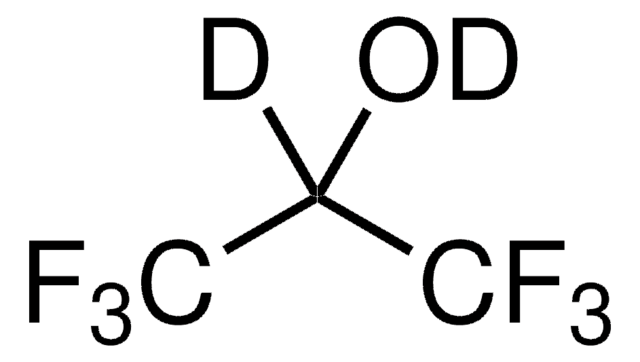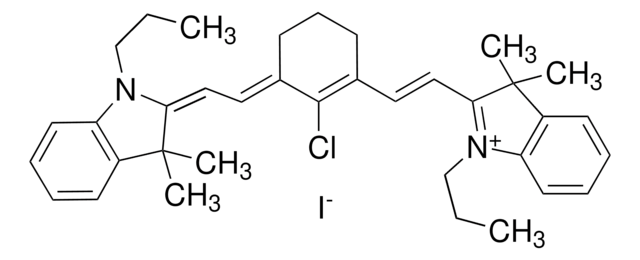900881
(3S,6S)-(-)-3,6-Diisopropyl-1,4-dioxane-2,5-dione
Synonym(s):
Diisopropyl glycolide
Sign Into View Organizational & Contract Pricing
All Photos(1)
About This Item
Empirical Formula (Hill Notation):
C10H16O4
CAS Number:
Molecular Weight:
200.23
UNSPSC Code:
12162002
Recommended Products
Assay
98% (NMR)
form
solid
color
white to pale yellow
storage temp.
2-8°C
Application
(3S,6S)-(-)-3,6-Diisopropyl-1,4-dioxane-2,5-dione is a biodegradable monomer. As a diisopropyl substituted analogue of lactide, the resulting polymers feature reduced glass transition temperatures in comparison to polylactides of similar molecular weights. In addition to affecting the thermal properties, the isopropyl substitution increases the hydrophobicity of the polymer which corresponds to an increased degradation time.
Signal Word
Warning
Hazard Statements
Precautionary Statements
Hazard Classifications
Eye Irrit. 2
Storage Class Code
11 - Combustible Solids
WGK
WGK 3
Flash Point(F)
Not applicable
Flash Point(C)
Not applicable
Regulatory Information
新产品
Choose from one of the most recent versions:
Certificates of Analysis (COA)
Lot/Batch Number
It looks like we've run into a problem, but you can still download Certificates of Analysis from our Documents section.
If you need assistance, please contact Customer Support.
Already Own This Product?
Find documentation for the products that you have recently purchased in the Document Library.
Naomi Cohen-Arazi et al.
Macromolecular bioscience, 13(12), 1689-1699 (2013-09-17)
Biodegradable polyesters derived from hydrophobic amino acids are synthesized by various techniques, resulting in a wide range of molecular weights. The polymers are prepared via a) direct condensation with p-toluenesulfonic acid (PTSA) as catalyst, b) ring-opening polymerization (ROP) of O-carboxyanhydrides
Synthesis and properties of novel diisopropyl-functionalized polyglycolide-PEG copolymers.
Arican MO, et al.
Royal Society of Chemistry Advances, 5, 71519-71528 (2015)
Cyclohexyl-Substituted Polyglycolides with High Glass Transition Temperatures.
Jing F, et al.
Macromolecules, 40, 9304-9312 (2007)
Our team of scientists has experience in all areas of research including Life Science, Material Science, Chemical Synthesis, Chromatography, Analytical and many others.
Contact Technical Service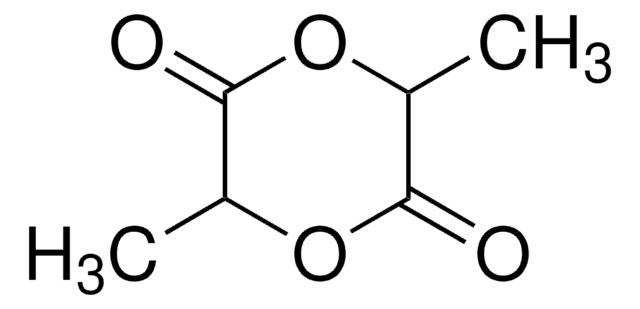
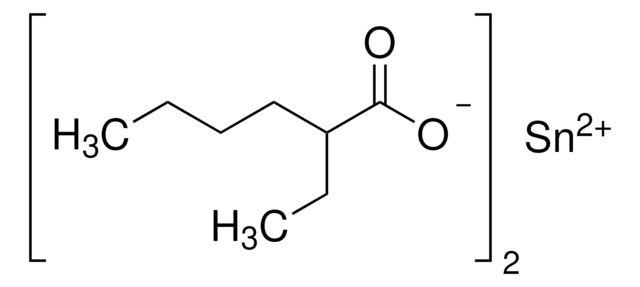
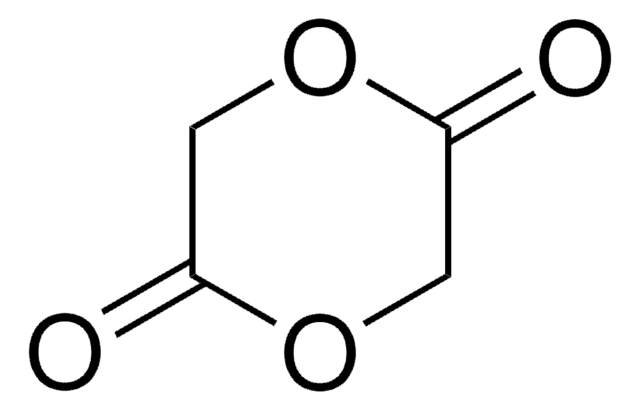
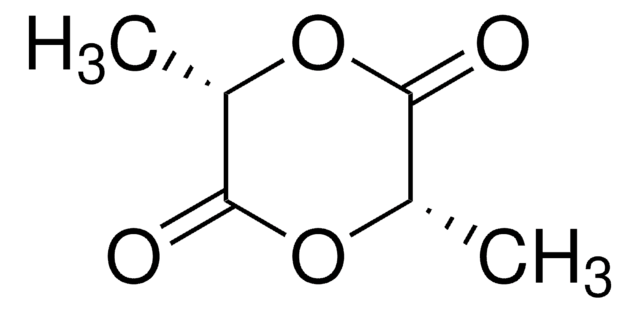
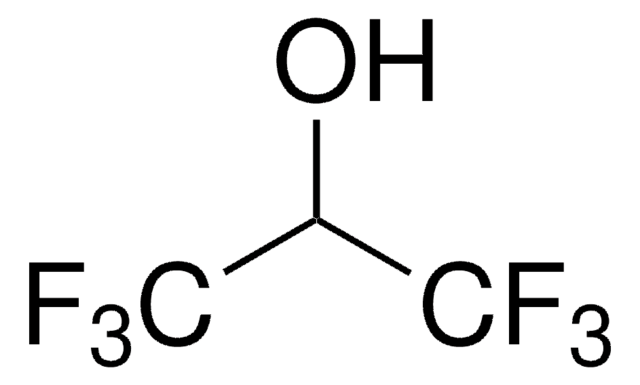
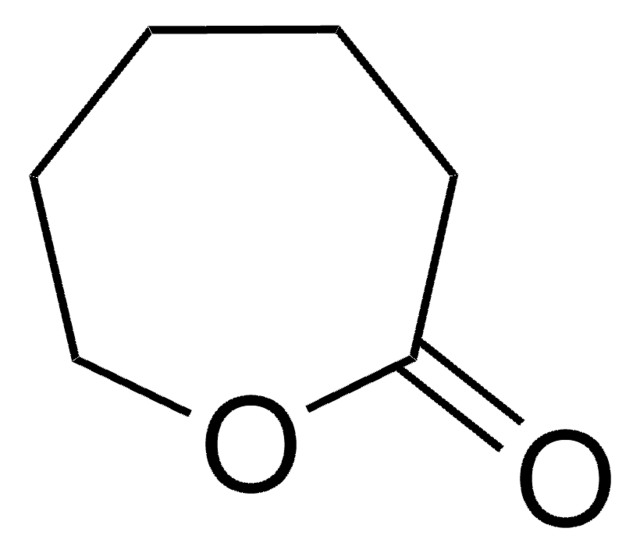
![4-Cyano-4-[(dodecylsulfanylthiocarbonyl)sulfanyl]pentanol](/deepweb/assets/sigmaaldrich/product/structures/839/520/64c23004-f340-460f-a379-8670a35d0433/640/64c23004-f340-460f-a379-8670a35d0433.png)
